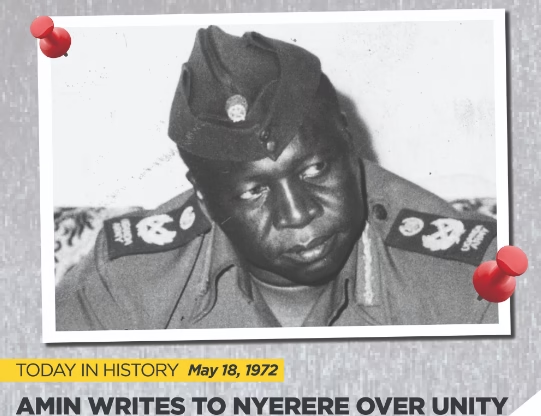The Uganda-Tanzania War reached a pivotal moment on May 18, 1979, as Tanzanian forces, supported by Ugandan exiles, advanced on Lira. This strategic town in northern Uganda was a key stronghold for remnants of Idi Amin’s forces, who were putting up a fierce resistance.
The capture of Lira marked a significant milestone in the war, which was sparked by Amin’s aggressive actions, including the annexation of the Kagera salient in 1978. Tanzania’s military intervention aimed to oust Amin’s regime and restore stability to Uganda.

The fall of Lira weakened Amin’s grip on power, paving the way for the eventual capture of Kampala on April 11, 1979, which led to Amin’s overthrow. The war resulted in important human suffering, infrastructure damage, and economic disruption. However, it ultimately paved the way for a new era of governance in Uganda under President Godfrey Binaisa and later Milton Obote.

The war also highlighted the importance of regional cooperation and the role of international actors in promoting peace and stability in East Africa. Today, the legacy of the Uganda-Tanzania War serves as a reminder of the complexities of conflict and the importance of diplomacy in resolving disputes between nations.



